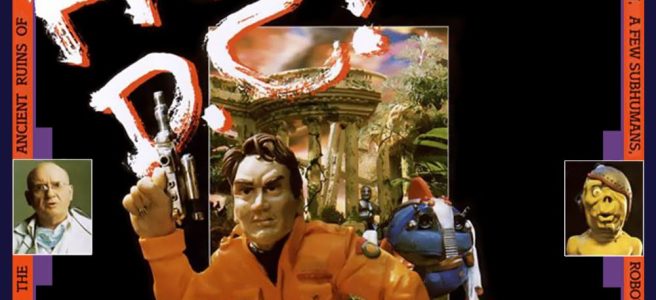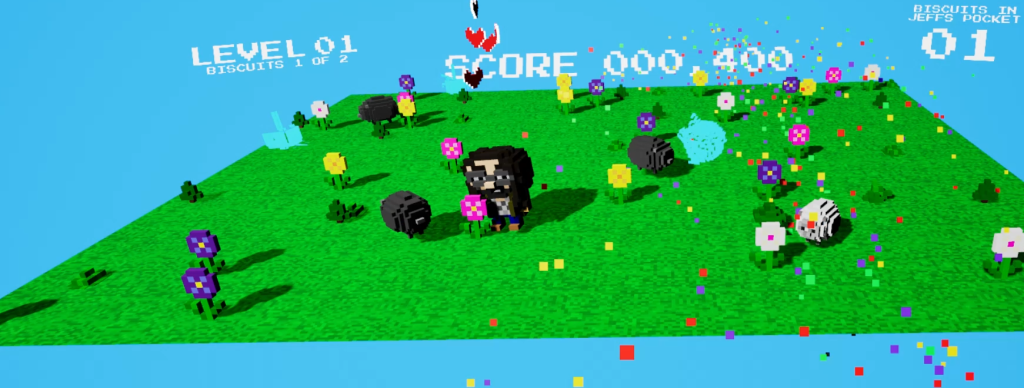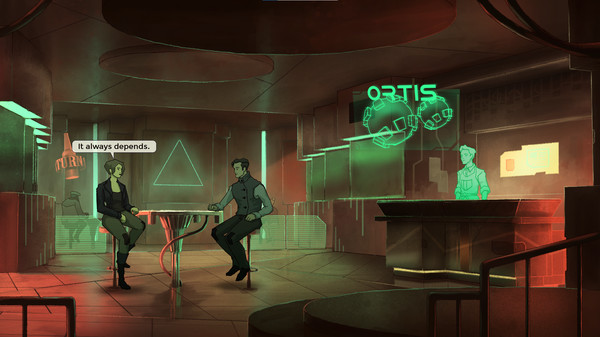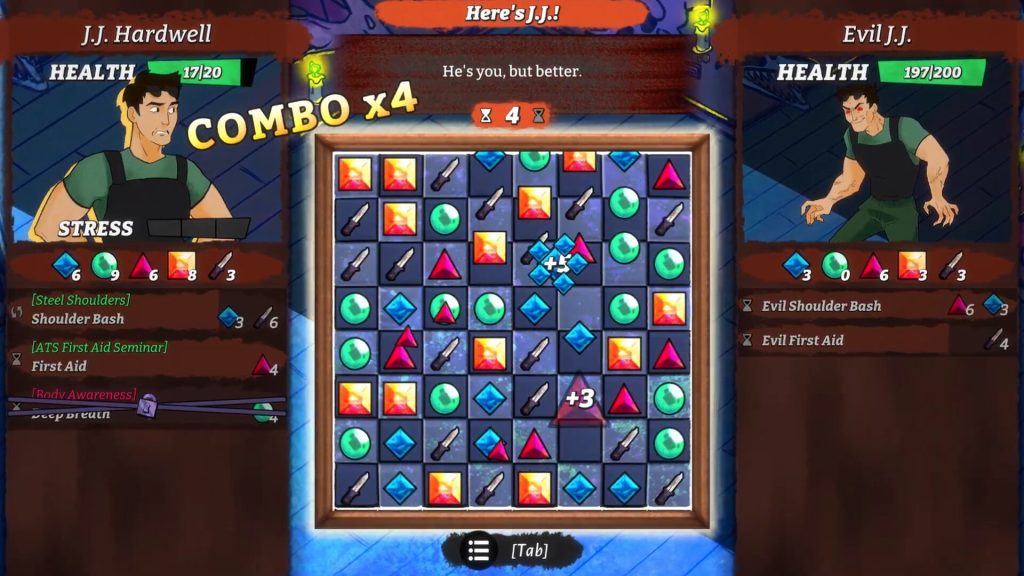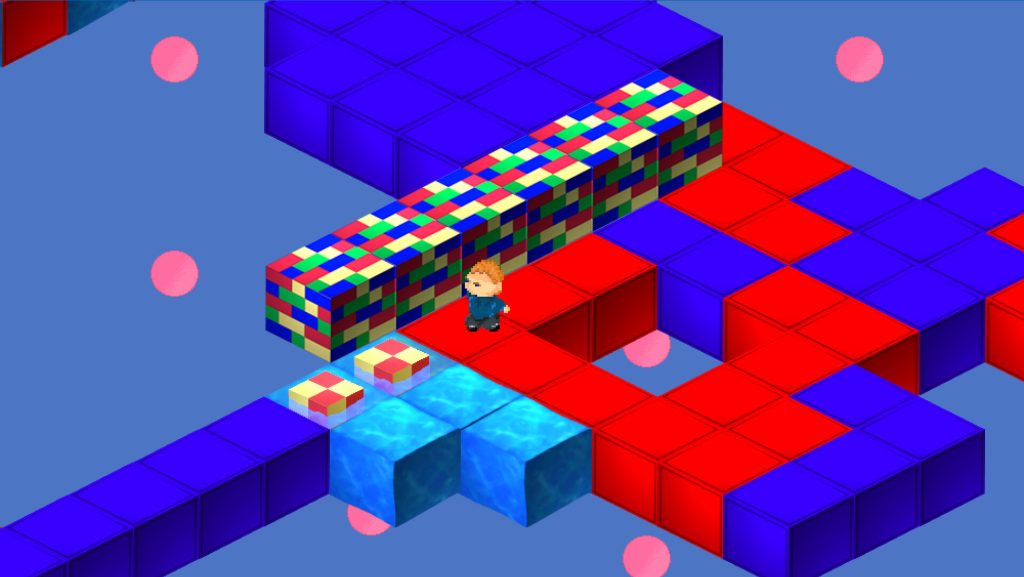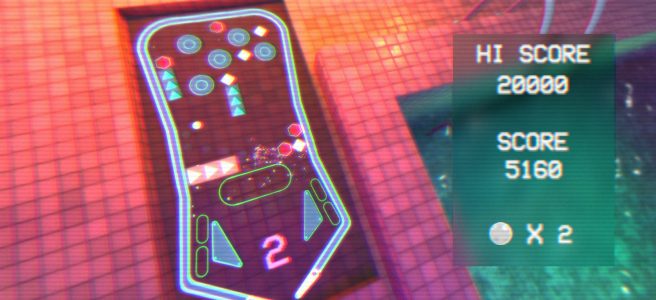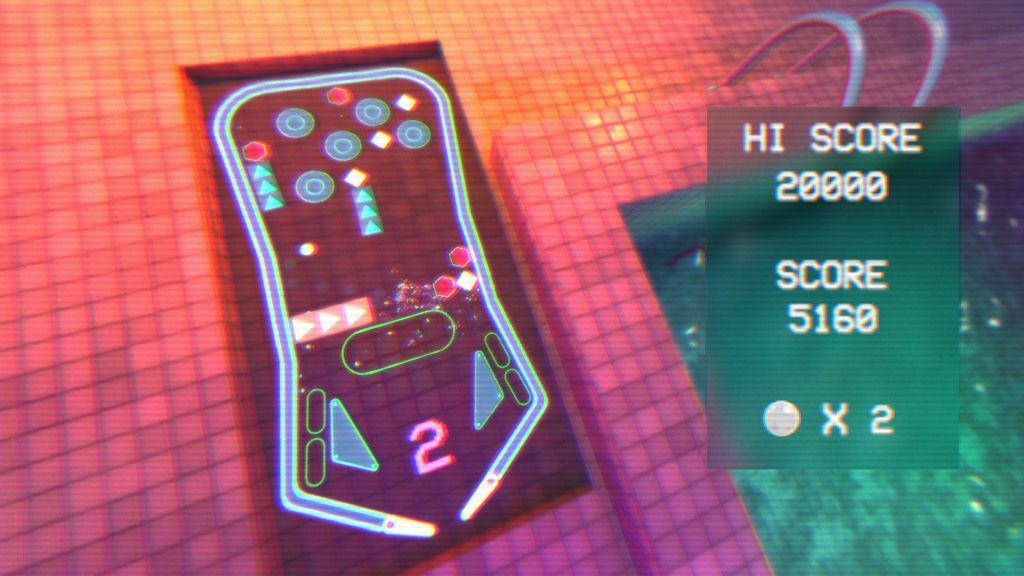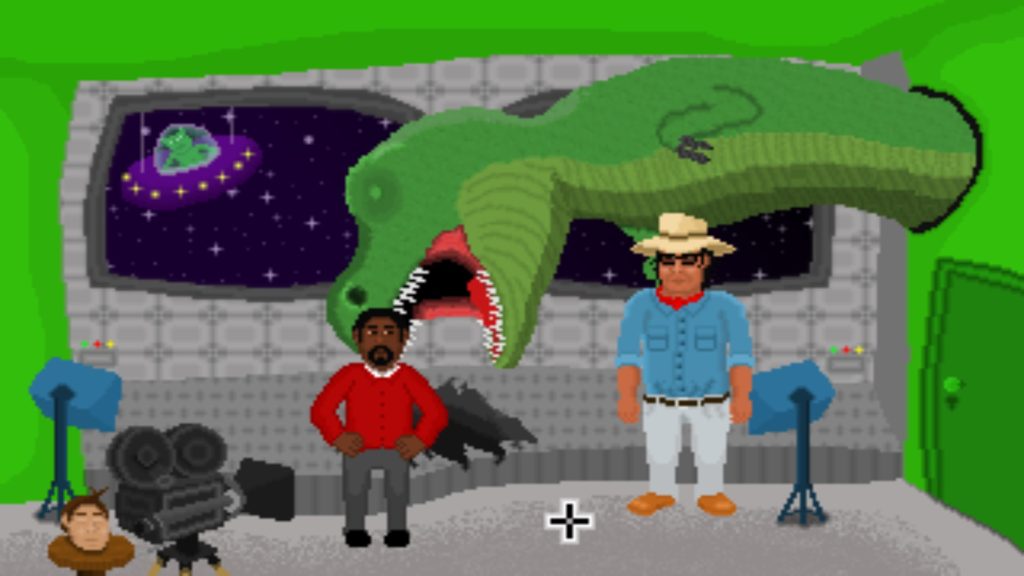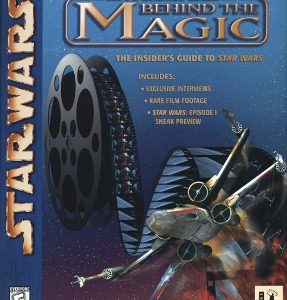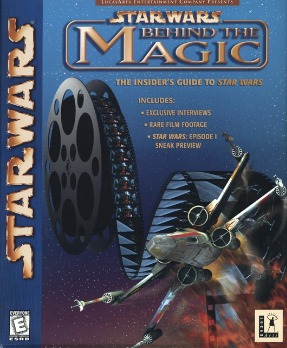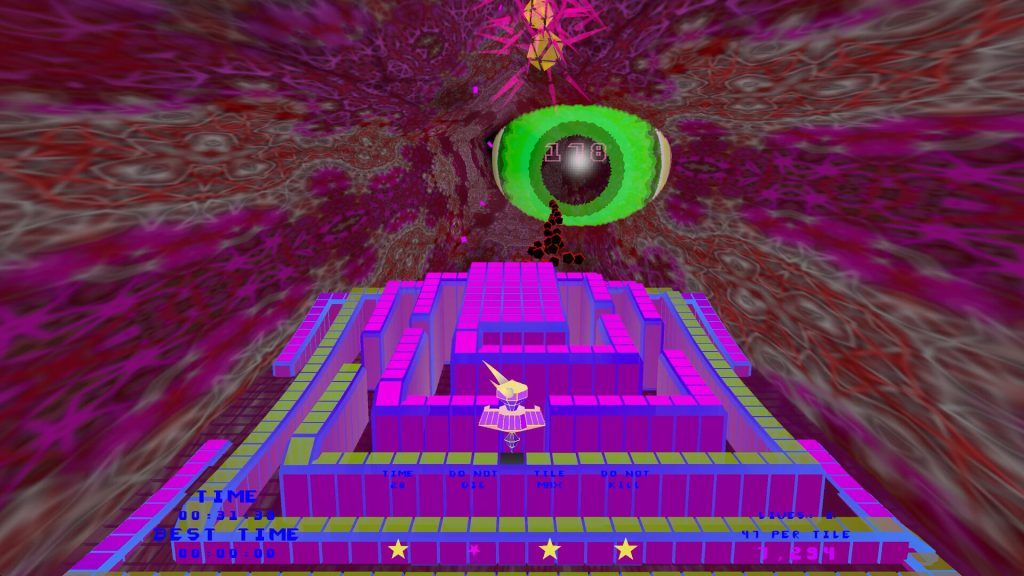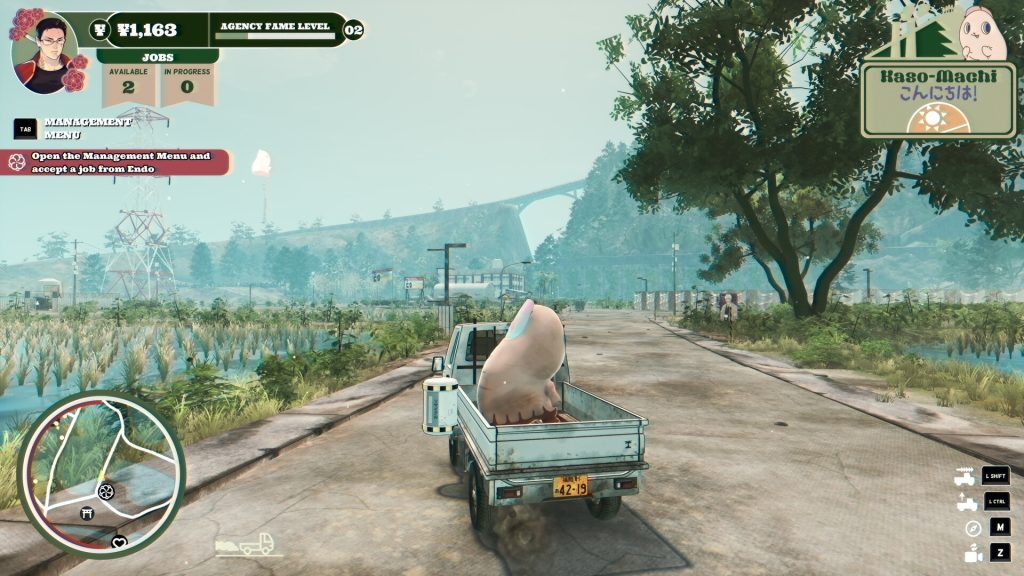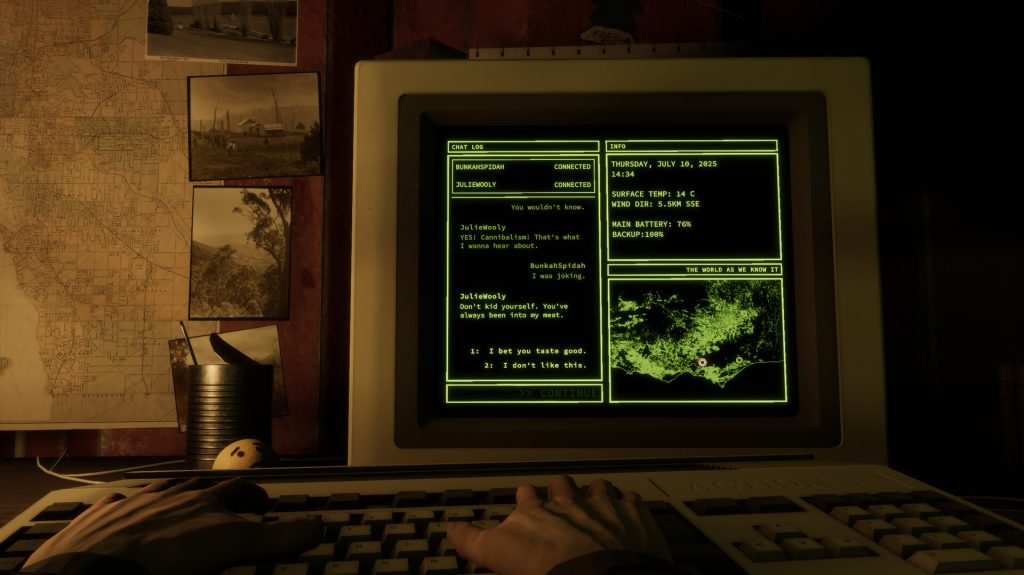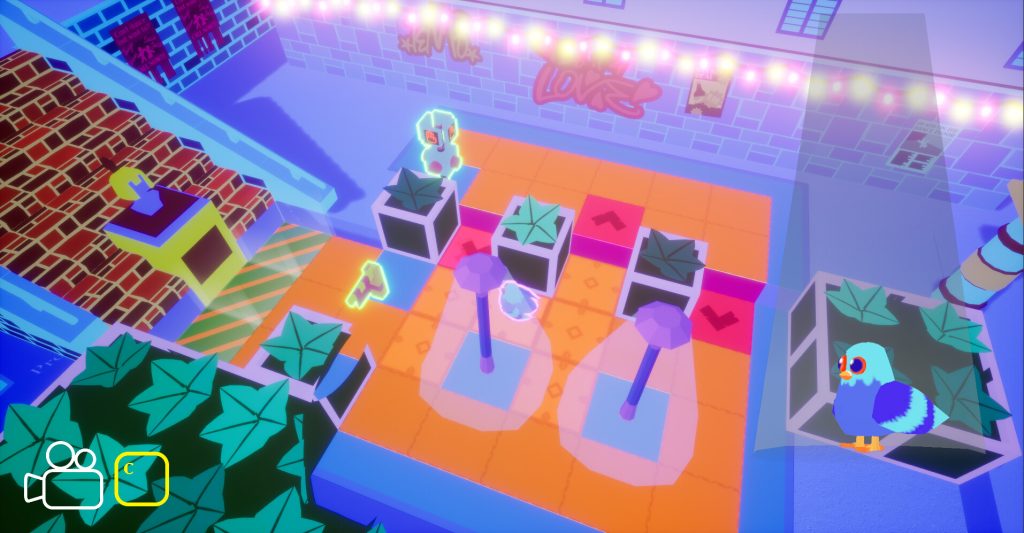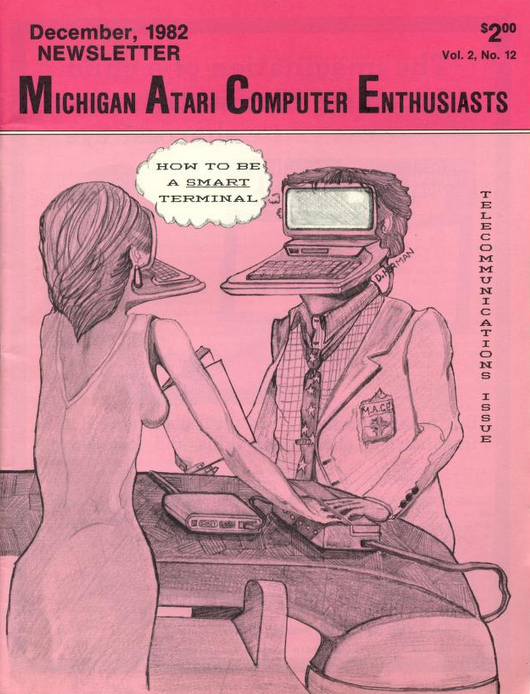My break from social media for the month of May has begun, which means you’ll probably get a lot longer intros to posts as a way to vent/talk about anything that I would normally post about on blue sky/mastodon. I’ve even influenced one other person! Will I have absolutely no clue what is happening in the world as part of my break? Idk, possibly! I’m still using Discord though so I am probably still going to hear about the big stuff. If you saw this autoposted to social media, I won’t see any replies on bsky/masto but welcome comments here or emails and discord messages.
I did see the news about Polygon basically being shut down, which is infuriating. Giant Bomb seems like it’s near the end of its life too and I’m sad to see the folks working in games media going through so much right now. I don’t think there’s even many big outlets left. RPS, Eurogamer, IGN, Gamespot, and PC Gamer are still there. Most of those are doing fine although I don’t know about Gamespot’s future if Fandom owns them and some very good folks were let go from RPS last year. Ugh.
Well, here’s some blogs I guess. I guess some shitty corporation can’t shut those down….yet.
Video Games
I’ve really enjoyed schledorn’s new blog and these posts about indie games with retro graphics and the 90s educational title Pinball Science.
Rob talks about how Fez notes fixed him.
Laura Michet announces that Skin Deep is out and also lists all the cool guest writers who worked on it.
Andrew Plotkin writes about the IF Archive getting a search feature.
I’m a big fan of The Collection Chamber, an abandonware site that repackages old games to work on modern versions of Windows. They upload a new batch on the first of every month and this month it’s fmv adventure The Crystal Skull by Maxis, stop motion game Free D.C., Next Life, Private Eye, and Rumpelstiltskin’s Labyrinth of the Lost.
Roman talks about improving your game jam art.
Iskotaa talks about letting your favorite artists experiment and fail more.
Some cool folks have launched a free ZX Spectrum zine.
Music
Megan talks about how you should care where art comes from.
Enjoy some new instrumental music from Wyx and Nicky Flowers.
Books
Here, have a nice database of LGBT works of science fiction from before the 21st century.
There’s a new issue of Alocasia, the journal of queer plant-based writing.
Dev Logs
Ben Chandler has worked on some very good games that have been recently released.
Food
I liked reading about sourdough starters from Brain Baking.
Other Links
Roundups are great and probably how I’ll hear about a lot of stuff if I’m not on social media. Have some from Emily, The Works of Egan, Dante, and Yaffle.
If you live in Michigan, maybe you’ll be interested in this online group for the Linux and open source community.
That’s it for now. I don’t know if I’ll try to do these on a weekly basis or what. Maybe just when I feel like I have a nice group of links to share and need to dump thoughts at the top of a post.

